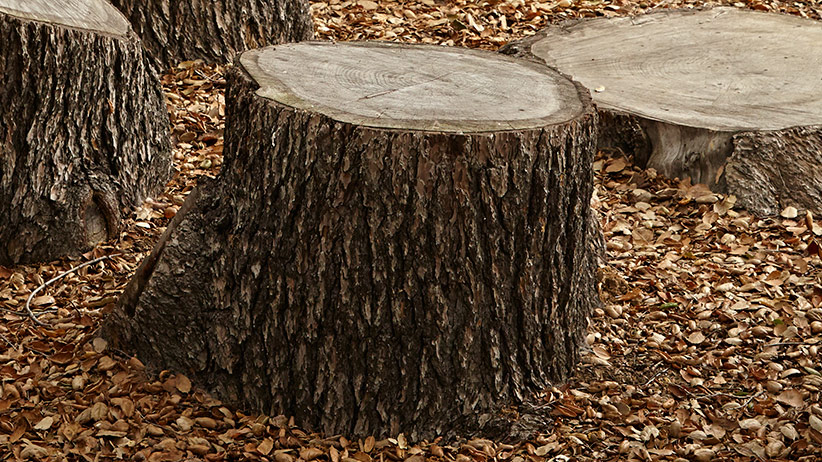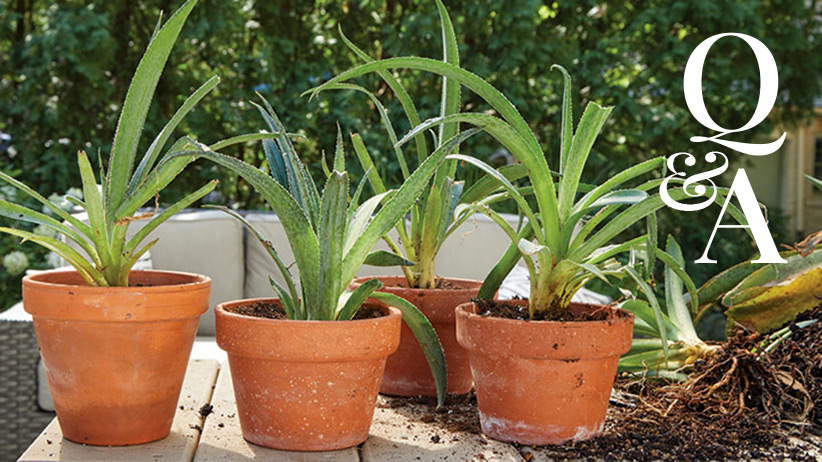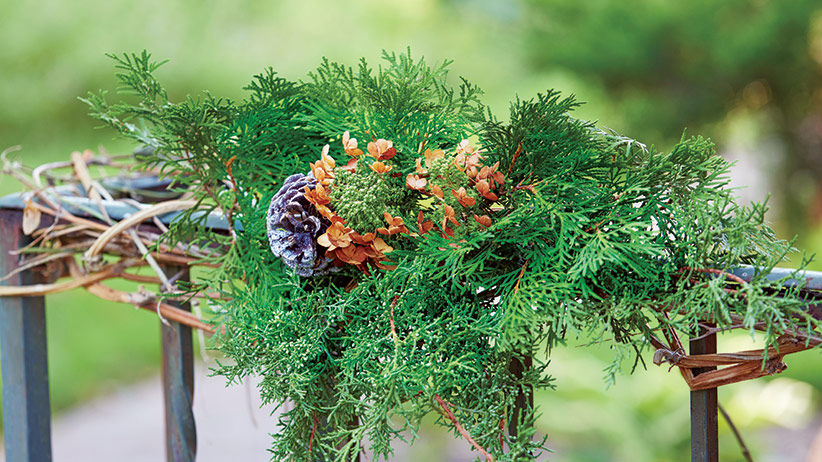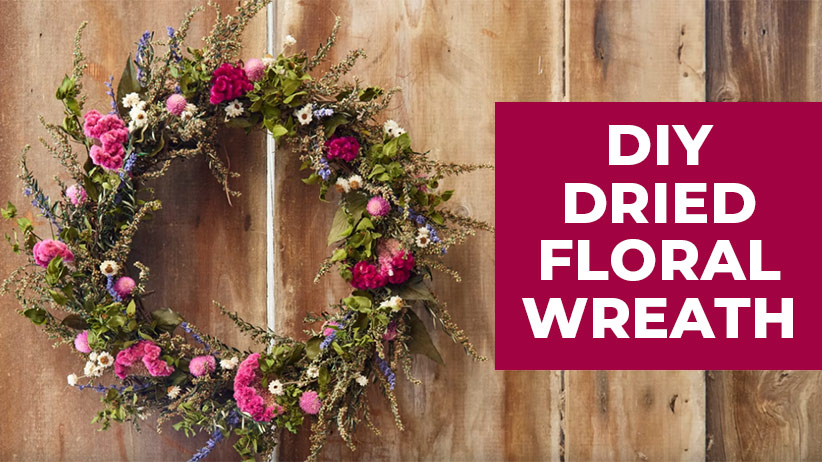
What is a garden holding bed for?
A garden holding bed, essentially a test plot, is invaluable for a variety of garden projects and allows you to find a interim home for for plants. Here are three of my favorites reasons to have a garden holding bed:
Propagation projects
It’s a handy spot for seeds that need winter chilling or that take months to germinate. Sink the seed pots up to their rims into the holding bed, and you won’t have to water them as often or worry about them getting knocked over. If you take cuttings of perennials or woody plants, planting them in a holding bed for a few months after they start rooting gives them a chance to develop a sturdy new root system. The same goes for perennial divisions that are simply too small to go back into the garden right away.
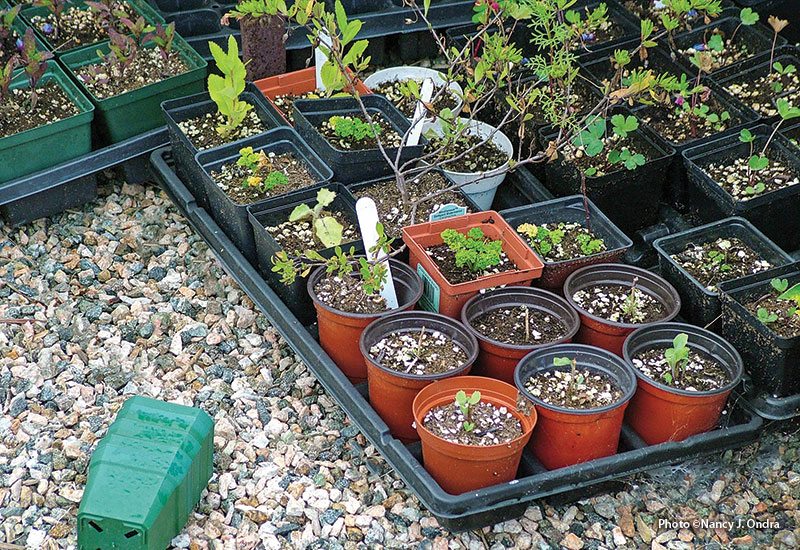
Garden holding beds make great temporary housing for plants
Have you ever come home from the garden center with impulse buys and wandered around your yard with them, trying to figure out where they can fit but having no luck? Instead of accumulating a collection of languishing potted plants, pop them into a holding bed and they can continue to grow until you find the perfect spot for them. How about those mail-order plant purchases that were much smaller than you expected, or that had a rough trip getting to you? Pamper them in your holding bed for a few weeks or months, where they can recover and bulk up a bit, and they’ll have a much better chance of thriving when you move them to a bed or border. That’s just what I’m doing with all of those perennials in my holding bed above.
Test plots
Holding beds are immensely useful as test plots, too. If you find an interesting mystery plant while weeding, move it to a holding bed until you can figure out if it’s something special or a candidate for the compost pile. (I admit that I have pampered an embarrassing number of weeds doing this, but at least it has been an excellent way to learn what they look like at all stages, and now I know better than to leave the seedlings in my garden!) A holding bed is a great place to grow unlabeled acquisitions until you find out what their flowers look like. It can also serve as a quarantine area for gift plants, so you can watch them for pests, diseases or creeping tendencies before you let them loose in your garden.
You Might Also Like:
How to Plant New Perennials
Make Your Own Cold Frames
Garden Gate's Favorite Gardening Products
DIY Potting Bench

Building a garden holding bed
This is probably one of the simplest garden projects you’ll ever tackle. Pick a spot for your holding bed, place a “frame,” fill it with soil, and you’re ready to plant.
Choose the right site for a holding bed
Look for a spot that’s relatively near the house so you can easily reach your holding bed with a hose or don’t have to carry water very far. You want it close enough that you’ll remember to look at it regularly, but not in a high-visibility spot, because it’s meant for utility and not good looks. Consider putting it in a side yard, close to the garden shed, or in a corner of the vegetable garden.
If you have both sun and shade, it’s ideal to have a holding bed in each area, so you have a place for growing both kinds of plants. If you have room for only one bed, though, go for sun; you can always shade part of it with a bit of trellis or old window screen.
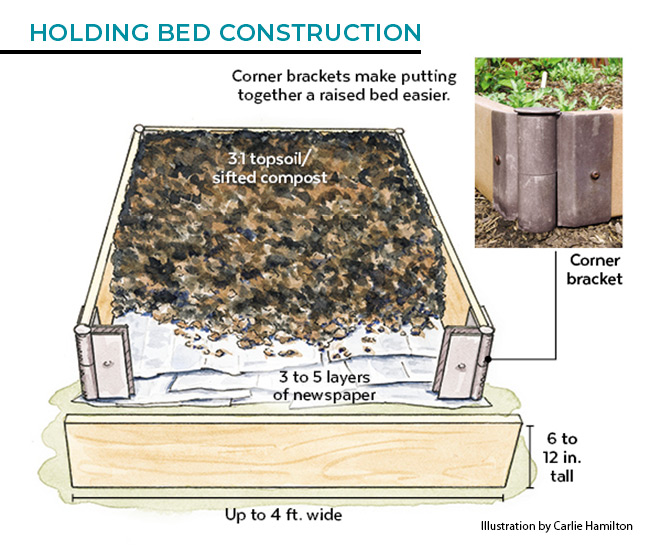
How to build a garden holding bed
A raised-bed frame that’s 6 to 12 inches high neatly defines your holding area and makes it easy to provide loose, well-drained soil, which encourages good root growth and makes for easy digging when you are ready to move plants to other homes. Figure on a width of up to 4 feet if you can access the bed from two or more sides, or a maximum of about 2 feet wide if it is against a wall or fence. The length can be whatever works for your site. A 2×3-, 3×3- or 3×4-foot frame is a good size to start with.
Many raised-bed kits are available in a wide range of sizes, shapes, and materials. Or buy just the corner brackets and make the sides from naturally rot-resistant wood, such as cedar or plastic lumber.
Prepare to plant a garden holding bed
- If you’re putting the bed in a lawn area, it’s a good idea to dig up the grass or lay newspapers — three to five sheets thick over the site to smother it, to discourage the turf from creeping into the new bed.
- After constructing the frame, place it on the ground and fill it with growing medium, so the surface is about even with the top of the frame; it will settle a bit over time. Use a 3:1 ratio of good topsoil to sifted compost, or buy a bagged raised-bed mix.
- Water the new holding bed thoroughly, or let it go through a soaking rain, to evenly wet the soil and help it to settle before planting.
Water, weed & mulch
Because they are small and close together, the residents of your holding bed benefit from frequent attention. Check them every few days, or at least once a week, and water and weed as needed. A hori hori knife makes quick work of weeds and is ideal for adding or removing closely spaced plants.
It’s helpful to cover the soil with an organic mulch, such as leaf mold, coir mulch or rice hulls, to keep the soil evenly moist and encourage vigorous root growth.
You Might Also Like:
Can I Use Wood Chip Mulch from a Tree Service?
How to Harden Off New or Overwintered Plants
6 Organic Products to Use in Your Garden
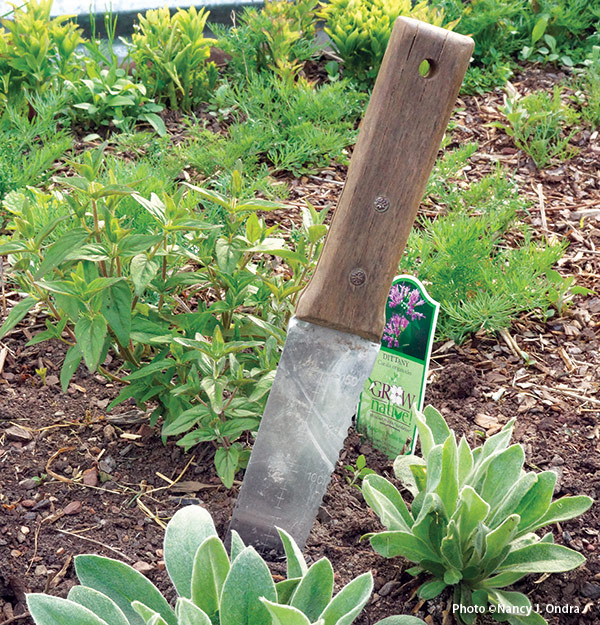
Best products for garden holding beds
Convinced? Here are some of my favorite tools and products that make building and maintaining a holding bed easy:
Hori hori knife
I love the feel and balance of the wooden-handled ones, but it is easy to lose them in the garden, so I also have a couple with bright-orange plastic handles.
Raised-bed corners
There are lots of options, but I have gotten decades of use from my plastic corner brackets.
Raised-bed kits
I have a bunch of galvanized-metal beds like these and love them; they’re relatively inexpensive, easy to put together, and long-lasting (no rot!).
Coir mulch
I love coir mulch! It’s pricey but worth it for small, special areas, like holding beds. It’s light and easy to spread but doesn’t blow around, and it lets water through readily.









